The past day’s weather has included periods intense light and shadow from very low, broken stratus & cumulus clouds. Rays of love from god shine from heaven through parted clouds; and there was plenty of love in the mountains. Even in these low quality webcam images, you can see golden rays of light and clearly defined ridges. Now what if you were there with a serious camera.
Though the weather overall has been chilly and uncomfortable, it does give some memorable vistas. The more diffuse stratus clouds in the western mountains were lower in altitude and created softer light.
![]()
View from Purchase Knob

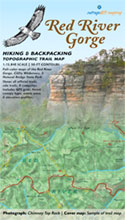 5th Edition Red River Gorge Backpacking Map
5th Edition Red River Gorge Backpacking Map
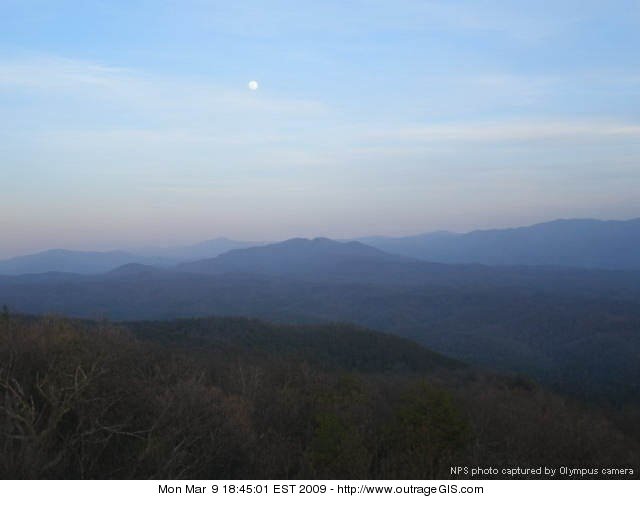

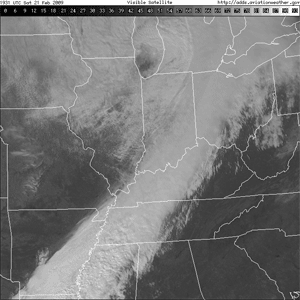
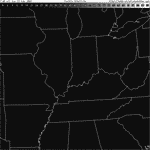
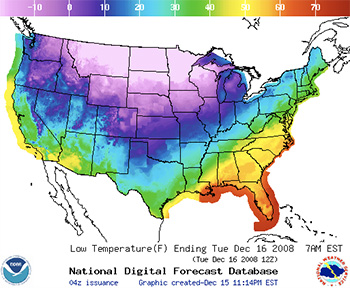 Winter storm warning, Dec 15-16, 2008.
Winter storm warning, Dec 15-16, 2008.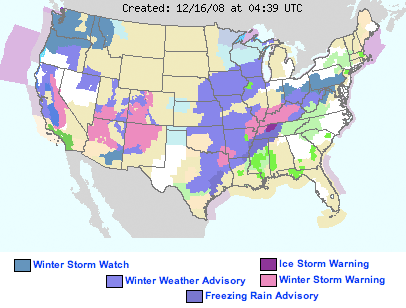
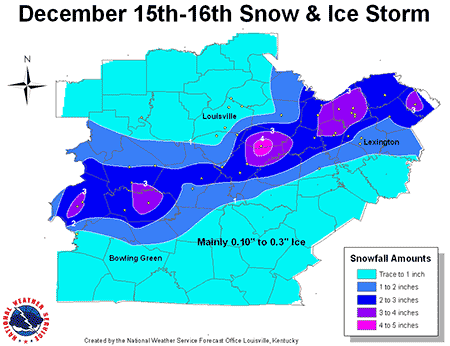


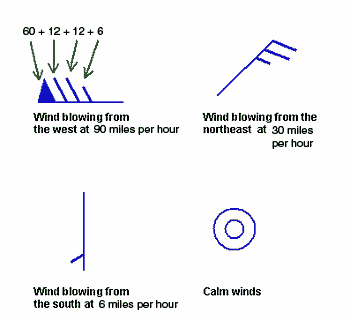
 is reporting that the current temperature is 55 degrees F, the sky is clear, and the winds are blowing from the north at 18 miles per hour.
is reporting that the current temperature is 55 degrees F, the sky is clear, and the winds are blowing from the north at 18 miles per hour. is reporting completely overcast conditons, winds from the north at 24 miles per hour and the temperature is 58 degrees F.
is reporting completely overcast conditons, winds from the north at 24 miles per hour and the temperature is 58 degrees F.








